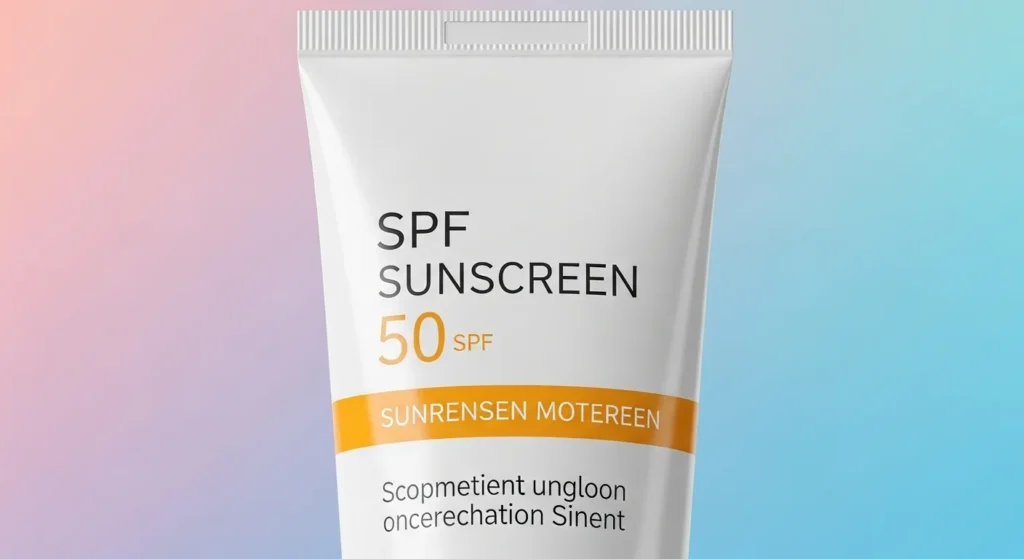Have you experienced peeling, redness, and unexpected hair shedding after a day in the sun? Sunburn scalp hair loss is a real and often overlooked issue, especially for those with thinning hair or bald patches.
This guide explains how sunburn damages your scalp, whether the hair loss is temporary, and how to treat and prevent further damage. You’ll also learn expert tips and recovery strategies to restore scalp health and promote regrowth—all backed by medical insights.
Can Sunburn on the Scalp Really Cause Hair Loss?

Scalp sunburn isn’t just a painful nuisance—it can lead to noticeable hair loss.
How UV Rays Damage Scalp Skin and Follicles
When your scalp is exposed to intense UV radiation, it can suffer a first-degree or second-degree sunburn, similar to any other part of your skin. This not only damages the outer layers but can penetrate deep enough to inflame or harm hair follicles, potentially disrupting their normal growth cycle.
- UVB rays trigger inflammation and oxidative stress.
- Damaged skin may disrupt follicle health, especially in balding or thinning areas.
- Severe burns may trigger a shock response, leading to hair shedding.
Temporary Shedding vs Permanent Loss
Most sunburn-induced hair loss is temporary and falls under a condition called telogen effluvium, where hair prematurely enters the resting (telogen) phase and sheds. However, repeated sunburns or severe damage could lead to permanent scarring or follicular atrophy, especially without treatment.
Who’s Most at Risk?
- People with bald spots or receding hairlines
- Individuals with light or thin hair
- Outdoor workers and athletes with prolonged sun exposure
Signs and Symptoms of Scalp Sunburn
Recognizing the signs early can help prevent complications like hair loss or infection.
Redness, Pain, and Peeling
A sunburned scalp often presents with:
- Bright red or pink skin
- Tenderness to the touch
- Peeling or flaking skin days after exposure
Itchy Scalp and Visible Inflammation
Itching is a common healing response but can lead to scratching-induced follicle trauma and increased hair fall if not managed. Swelling or warmth may indicate deeper inflammation.
Hair Thinning or Shedding After Sun Exposure
You may notice more hairs falling out when brushing or washing your hair in the weeks following the sunburn. This is often due to follicle shock and is reversible with proper care.
How Long Does Hair Loss from Scalp Sunburn Last?
Telogen Effluvium from Scalp Trauma
When your scalp endures a sunburn, it may shock the hair follicles into shedding. This typically begins 2–6 weeks after the sunburn event.
Recovery Timeline: What to Expect
| Time After Burn | What Happens |
|---|---|
| 1–3 Days | Redness, pain, tenderness |
| 4–7 Days | Peeling, flaking, and healing begin |
| 2–6 Weeks | Temporary hair shedding starts |
| 3–6 Months | Hair regrowth usually resumes |
When to Worry About Permanent Damage
- If you notice bald patches that don’t regrow within 6 months
- If skin appears shiny, scarred, or discolored
- If you have recurrent sunburns in the same area
Treatment and Recovery for Sunburn-Related Hair Loss
First-Aid for Sunburned Scalp
Immediate care can reduce inflammation and support healing:
- Apply cool compresses or take cold showers
- Use aloe vera gel or over-the-counter hydrocortisone
- Avoid picking, scratching, or using harsh products
Hair Recovery Products
- Topical corticosteroids: Reduce inflammation
- Nourishing shampoos: Sulfate-free, soothing ingredients like oatmeal or chamomile
- Vitamin serums: Containing biotin, niacin, or panthenol to support regrowth
Professional Treatments
If shedding persists, seek help from a hair restoration specialist:
- Platelet-rich plasma (PRP) Therapy: Stimulates healing and regrowth
- Microneedling: Improves scalp circulation and product absorption
- Prescription treatments (minoxidil, topical steroids)
How to Prevent Scalp Sunburn and Protect Your Hair
Use of SPF Sprays, Hats, and Umbrellas
Protection is easier than treatment. Try:
- Broad-brimmed hats that block UV rays
- SPF sprays or scalp sunscreens with SPF 30+
- Staying in the shade during peak sun (10 am–4 pm)
Scalp Sunscreens vs Regular Sunscreen
Scalp-specific sunscreens are non-greasy, quick-drying, and won’t weigh down hair. Look for zinc oxide or titanium dioxide formulations.
Hair Care Habits in Summer
- Avoid hot tools that worsen inflammation
- Use leave-in conditioners with UV filters
- Stay hydrated to support scalp healing
Expert Tips for Managing Sun-Damaged Scalp
Trichologist Tips for Recovery
- Avoid tight hairstyles during recovery
- Use cold or lukewarm water for washing
- Be gentle when combing or brushing

What to Avoid While Healing
- Heat styling tools
- Scratching or exfoliating the scalp
- Chemical treatments (dyes, relaxers)
Common Myths About Sunburn and Hair Loss
“Sun Exposure Strengthens Your Hair” — Debunked
While small amounts of sunlight help with Vitamin D, excessive UV exposure weakens the scalp and can hasten hair loss, especially in vulnerable individuals.
Can Hair Act as Natural Sunblock?
Only dense, thick hair offers minimal protection. For those with thinning or parting, the scalp remains highly exposed and requires separate sun care.
When to Seek Medical Help
Signs of Infection or Deeper Skin Damage
- Blisters, pus, or crusting
- Fever or chills
- Persistent pain or swelling
Frequently Asked Questions (FAQs)
Can sunburn cause permanent baldness?
In rare cases, repeated or severe burns can lead to scarring, which may cause permanent follicle loss.
Will my hair grow back after peeling?
Yes, most cases are reversible, and hair regrows once the scalp heals.
How do I know if my follicles are damaged?
If you experience bald patches, shiny skin, or no regrowth after 6 months, consult a specialist.
Should I consult a doctor after a severe scalp burn?
Yes. Prompt medical care ensures faster healing and minimizes complications.
Take Your Next Step
Don’t let sunburn compromise your scalp health or hair growth. Our team, led by Dr. Rana Irfan (ABHRS-certified), offers personalized treatments for sun-damaged scalps and hair loss recovery.
Book your consultation today to receive an expert diagnosis, targeted therapy, and long-term scalp protection.
